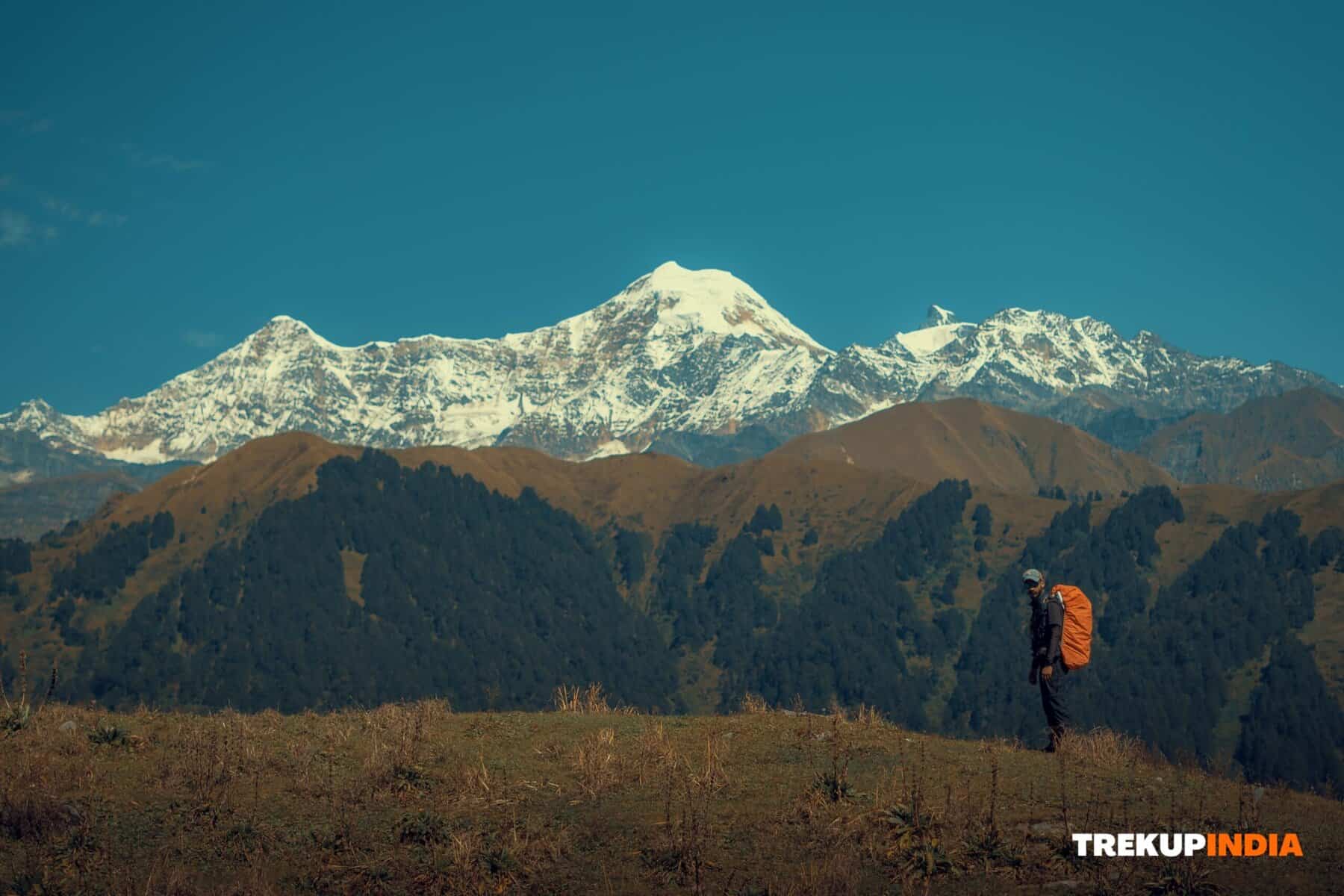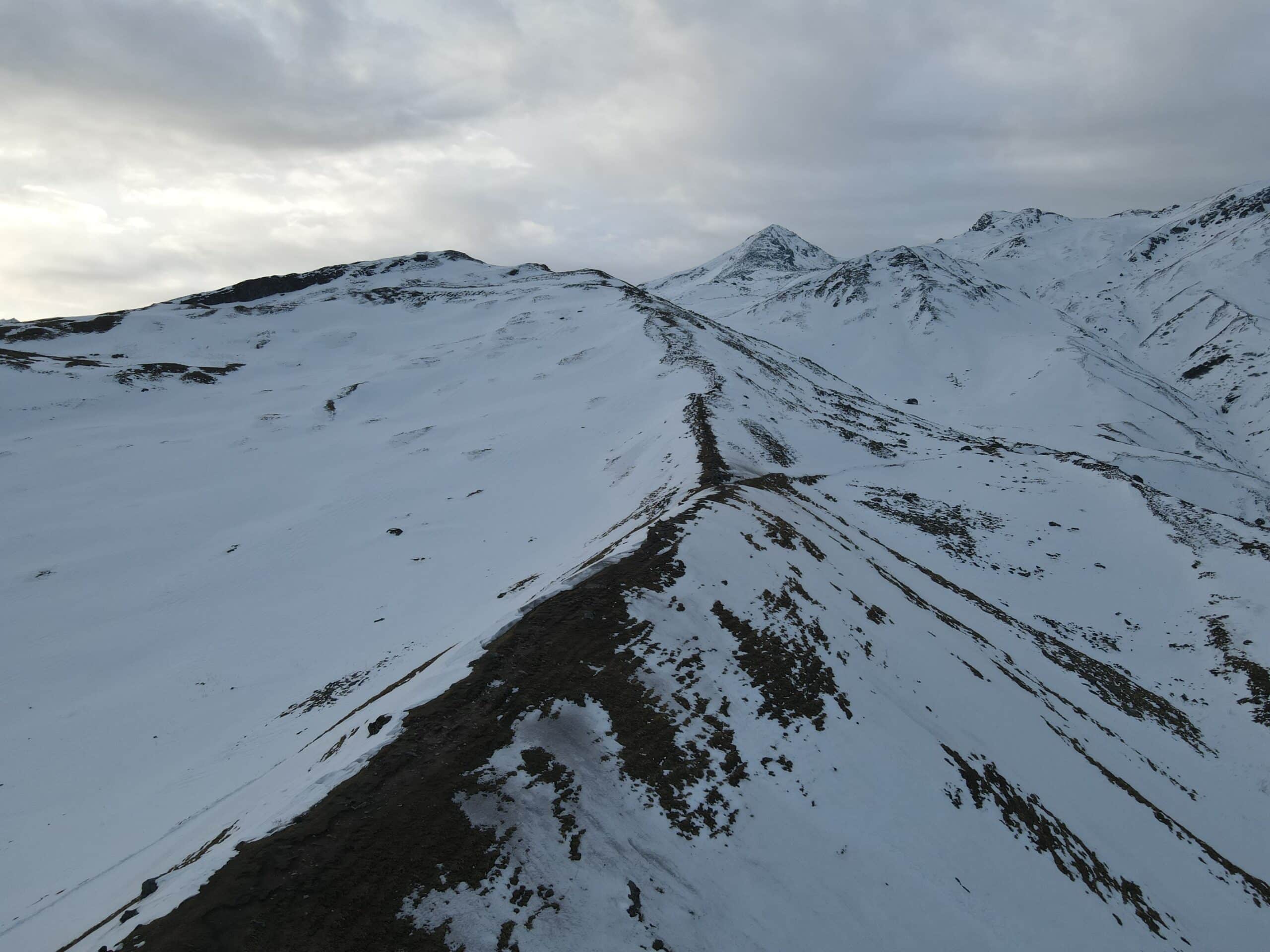The Importance of Fitness for High Altitude Treks
Awe-inspiring vistas and a sense of accomplishment await you in the Himalayas with snow-capped peaks. There are some of the highest mountains on Earth in the Indian Himalayan range, including Mount Everest. The Himalayas are home to more than 100 peaks exceeding 7,200 m / 23,600 ft above sea level, which intrigues trekkers from around the world to climb one of these magnificent mountains once in their life. However, the success, safety, and enjoyment of these journeys require more than enthusiasm. A high-altitude trek demands a high level of fitness, which is why preparation and training are crucial for these adventures. For a successful high-altitude trek, a well-conditioned body is vital only for ensuring your safety and maximizing your enjoyment. In this article, we will discuss all such reasons in detail.
High Altitude Challenges: Understanding
Trekking at high altitudes is difficult because of the low oxygen levels and challenging surroundings. Reduced air pressure at higher altitudes results in decreased oxygen concentrations. Acute Mountain Sickness (AMS), High Altitude Pulmonary Edema (HAPE), and High Altitude Cerebral Edema (HACE) are a few altitude-related disorders that may arise from this. Furthermore, the terrain at high altitude areas is frequently rough and steep, necessitating strength, stamina, and agility for safe navigation. Extreme weather, such as snow, ice, and strong winds, might be encountered by trekkers, which increases the physical demands of the expedition.
- Decreased Oxygen Intake – Breathlessness and exhaustion result from your lungs working harder to draw oxygen out of the thinner air.
- Altitude Sickness – If your body does not acclimate adequately, symptoms such as headaches, nausea, dizziness, and insomnia may occur.
- Slower Recovery – High altitudes impose a more significant physical toll because of physical exertion, forcing longer rest intervals for your body to recover.
- Increased Risk of Injury – You are more vulnerable to injuries like sprains of the muscles and slips on uneven surfaces when you are tired and have poor coordination.
How Fitness Overcomes High Altitude Challenges
Being physically fit is essential for training for treks at high altitudes. A physically fit body is more suited to tackling the difficulties of weather, terrain, and altitude. Here are a few critical areas where physical fitness is essential:
Cardiovascular Endurance
Breathlessness and exhaustion are lessened when your heart can supply oxygen to your muscles more effectively. This is essential for keeping a constant pace and climbing rugged terrain. Exercises that strengthen the heart and lungs, such as swimming, cycling, and running, allow hikers to exert themselves for extended periods at high altitudes.
Muscular Strength and Stamina
Strong leg muscles are essential for navigating uneven terrain and steep inclines. Upper body strength makes maintaining balance and carrying a backpack easier. Strength exercises like lunges, squats, push-ups, and hiking while carrying a heavy backpack can develop muscular endurance.
Acclimatization
A fit body adapts better to the decrease in oxygen levels, reducing the severity and duration of altitude sickness symptoms. Increase the distance and duration of your walks as you train, even if your training treks are challenging. Ascend gradually could be difficult, and aim to walk for approximately one hour less, keeping in mind the longest walking day of your journey. To allow ample time for recovery and acclimatization, do your most extended training walk at least two weeks before starting your high-altitude trek.
Flexibility and Balance
Good balance and flexibility help reduce the risk of falls and injuries on dangerous routes. Maintaining balance and avoiding injuries are crucial when negotiating difficult terrain. Yoga or Pilates can increase flexibility while balancing exercises like single-leg stands or stability ball exercises can improve stability and coordination.
Mental Resilience
Mental strength and physical fitness are closely related. Training for endurance helps people become mentally tough by teaching one another to overcome hardship and suffering. Having mental resilience is helpful when dealing with the psychological and physical difficulties of high-altitude trekking, such as exhaustion, altitude sickness, and unfavourable weather.
Beyond Fitness: A Holistic Approach
Although physical fitness is crucial, a comprehensive strategy is needed for a high-altitude trek to be successful:
- Proper Nutrition: Give your body fuel through wholesome meals high in protein, carbs, and healthy fats. To stay hydrated, drink a lot of water throughout the day.
- Adequate Sleep: Before hiking, ensure you’ve had enough sleep. Aim for 7-8 hours of sleep per night in preparation for the walk and while on trek.
Conclusion
Trekking at a high altitude can be an exciting and gratifying experience, but it also demands physical conditioning and careful planning. Strength, flexibility, mental toughness, and cardiovascular endurance are vital components that will help you meet the demands of altitude trekking and fully enjoy the experience. The mountains will always exist, but you should never sacrifice your safety or well-being. Thus, train wisely, maintain your fitness, and confidently welcome the adventure.
Share this article
Want To Trek Like Pro?
Check out the following videos if you want to trek like a pro trekker and improve your skills. These videos contain helpful tips, tricks, and techniques to help you trek like a pro. Whether you’re a beginner or an experienced trekker, these videos can provide valuable insights to enhance your trekking experience. So, watch the videos below by Trekup India experts to take your trekking skills to the next level.
Know Everything About Acute Mountain Sickness
Acute Mountain Sickness is a medical condition that can occur when individuals travel to high altitudes, typically above 8,000 feet. It is caused by the decrease in air pressure and oxygen levels in the air as altitude increases. Symptoms of Acute Mountain Sickness may include headache, nausea, vomiting, dizziness, and difficulty sleeping. To avoid Acute Mountain Sickness, it is important to gradually adjust to high altitudes and seek medical attention if symptoms worsen. To learn more about this condition, check out the videos by Trekup India.






